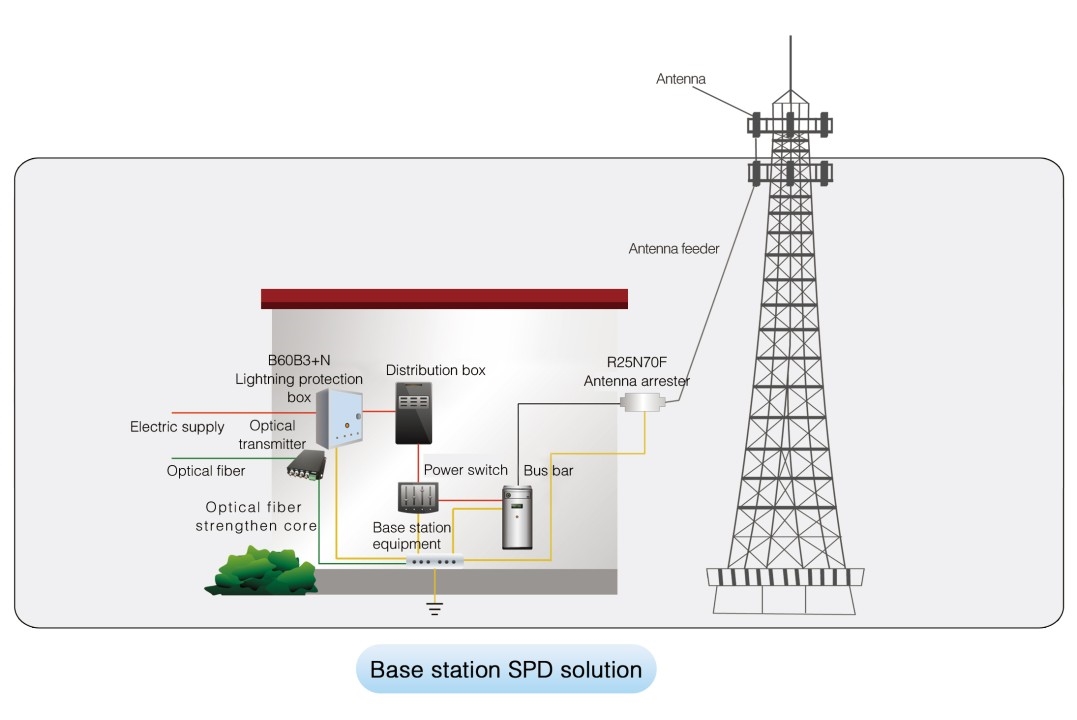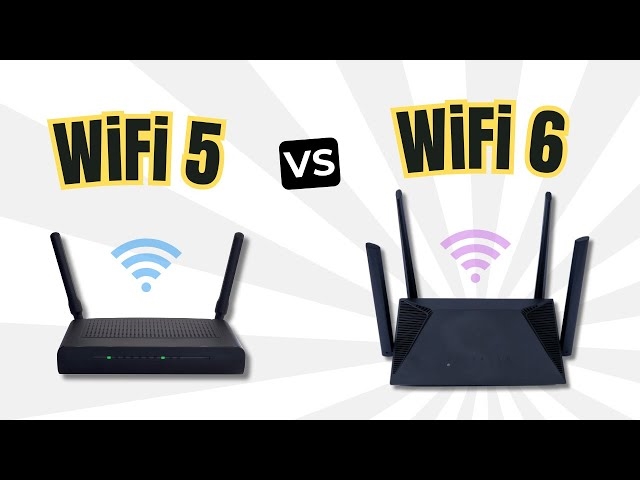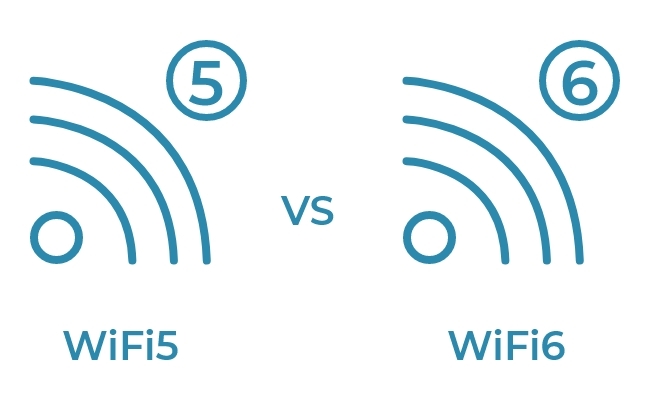Overview
Two-way satellite communication refers to technology that enables bidirectional communication via satellites. It offers several technical and operational advantages.
Advantages
- Wide coverage: Two-way satellite communication can provide global coverage, supporting connectivity over land, sea, and air.
- High transmission speed: It supports high-speed data transfer, often faster than traditional communication methods, meeting high-bandwidth requirements.
- High communication quality: It can deliver stable, high-quality service that is less dependent on geographic location and local infrastructure.
- Lower communication costs: It enables long-distance communication and can be cost-effective for organizations that require wide-area links.
- High security: It supports encryption and other techniques to protect communication content against leakage and unauthorized access.
These characteristics make two-way satellite communication suitable for scenarios that require efficient, secure, and reliable connectivity.
Applications and Significance
Satellite communication supports a range of applications, including mobile communication, broadcast television, satellite navigation, weather forecasting, and military communications. It can meet diverse communication requirements across different fields.
Promoting information development: Satellite communication accelerates information dissemination and exchange, supporting economic and social development.
In summary, satellite communication offers broad coverage, high transmission speed, reliable quality, cost advantages, security features, and multi-application support, making it important for advancing communication infrastructure and services.
Differences Between Two-Way and One-Way Satellite Phones
The main differences between two-way satellite phones and one-way satellite receivers lie in communication mode and functionality.
- Communication mode: Two-way satellite phones support both sending and receiving information, while one-way satellite devices can only receive information.
- Functionality: Two-way phones provide multiple functions such as voice calls, SMS, email, and internet access. One-way devices are limited to receiving broadcasts and alerts.
- Applicable scenarios: Two-way phones are suitable for situations that require interactive communication, such as field exploration, offshore operations, and aerospace activities. One-way receivers are suitable for scenarios that only require receiving information, such as weather forecasts, news broadcasts, and some emergency alerts.
- Cost: Two-way satellite phones are generally more expensive than one-way receivers because they offer more functionality and higher communication capabilities.
Users should select between two-way and one-way satellite devices based on their specific communication requirements and operational constraints.
 ALLPCB
ALLPCB








